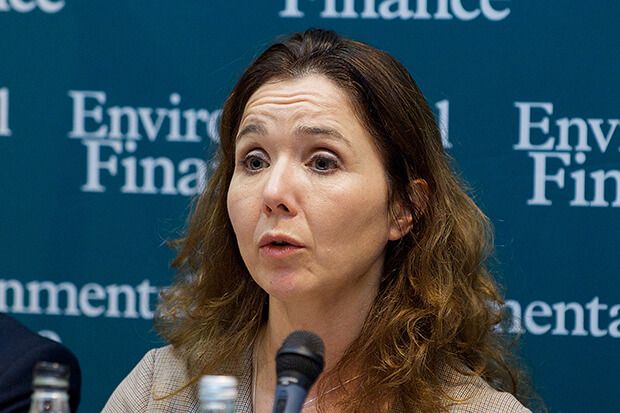

ELS Europe MD Dawn Slevin provided a detailed analysis of the thinking and process behind the EU-appointed Technical Expert Group (TEG) on Sustainable Finance in an article for Environmental Finance. Dawn shared crucial insights into the journey and work of the TEG, the outlining principles of the EU Taxonomy, and the important role the financial sector plays in facilitating a green transition, as well as mitigating and adapting to climate change.
